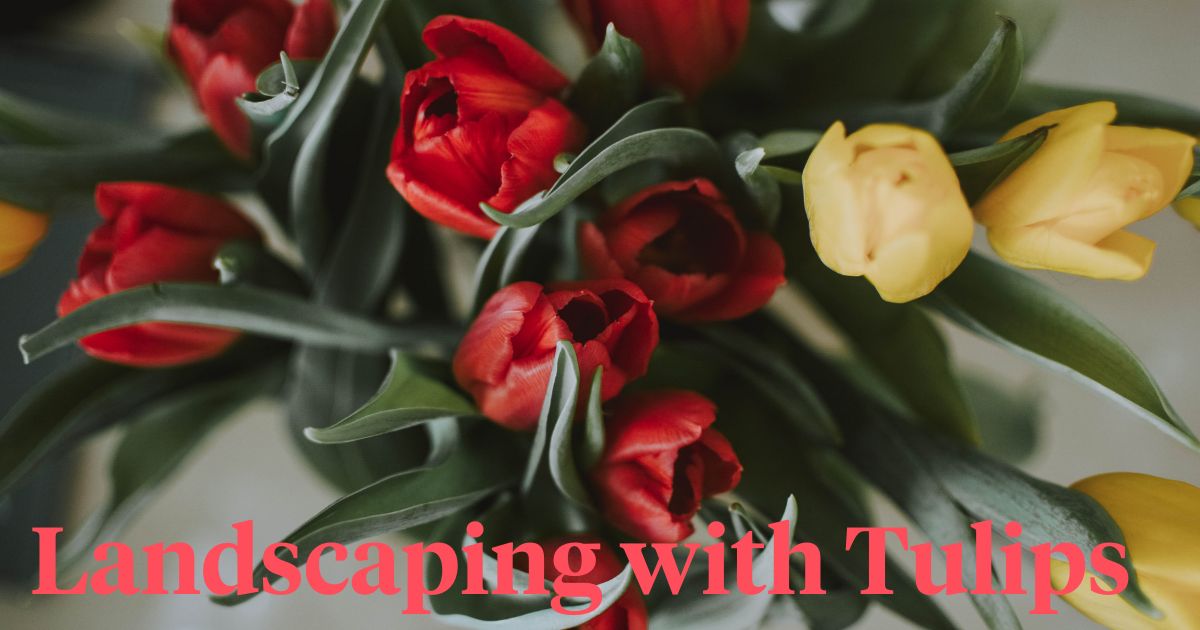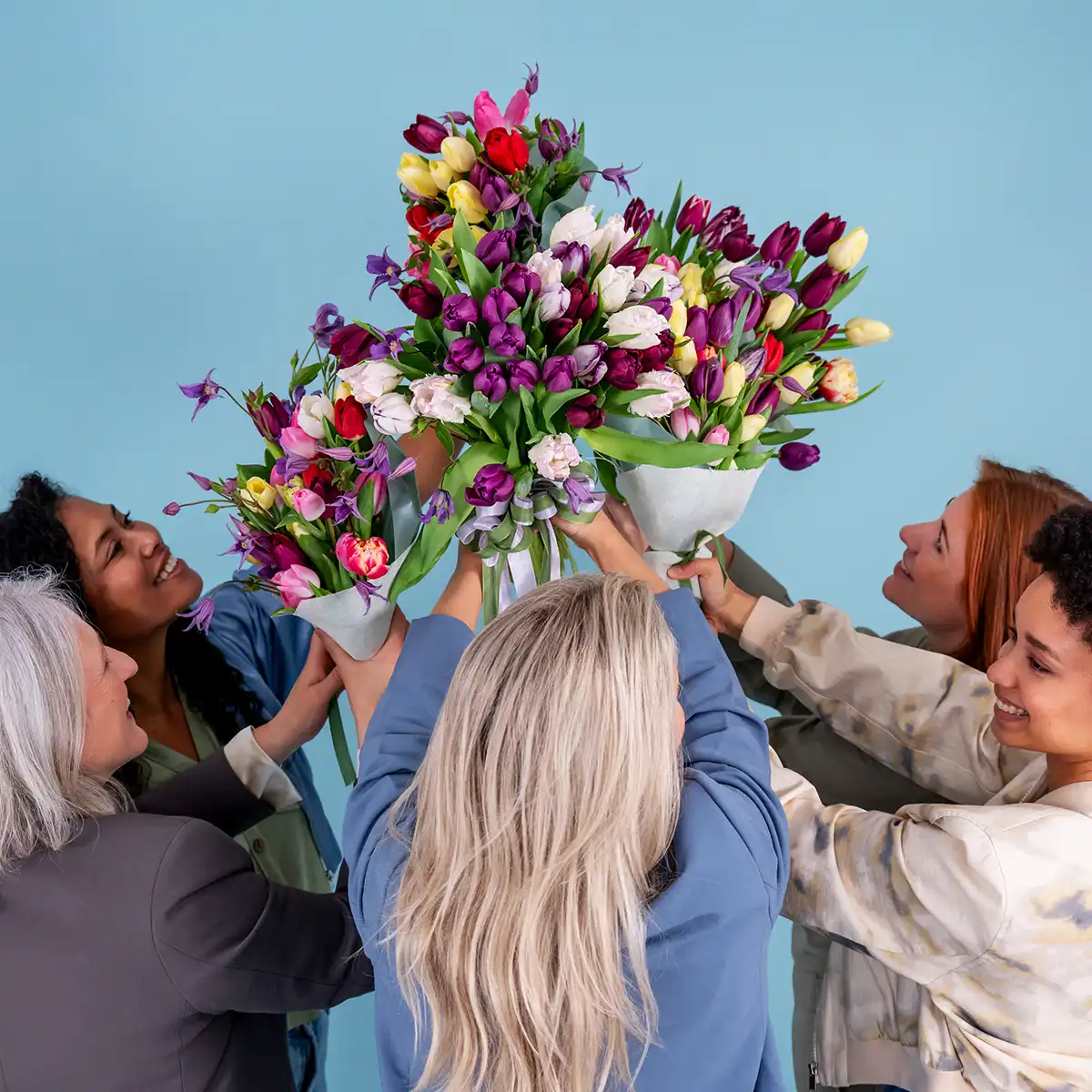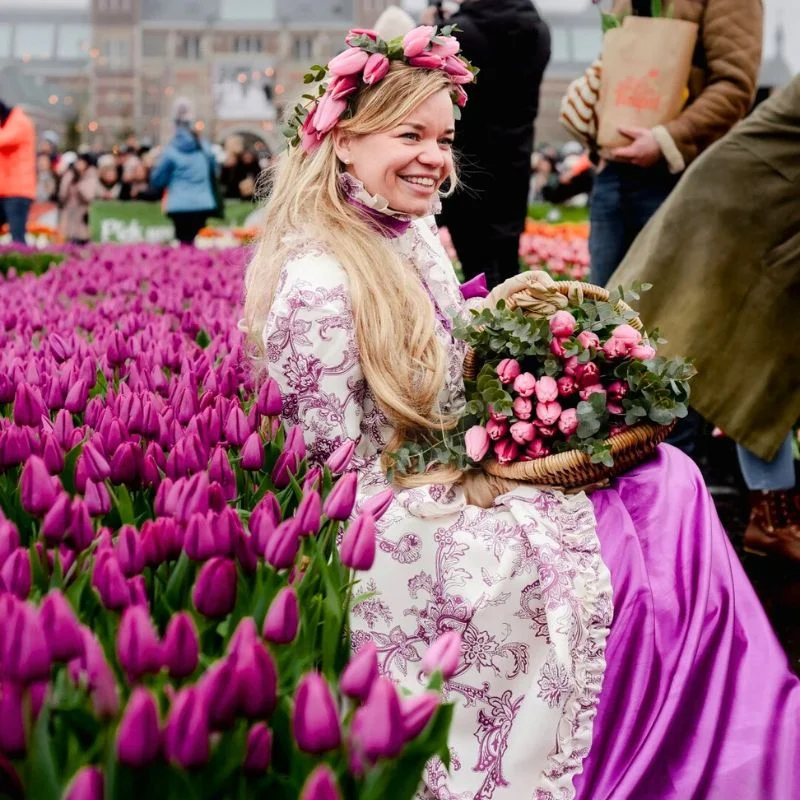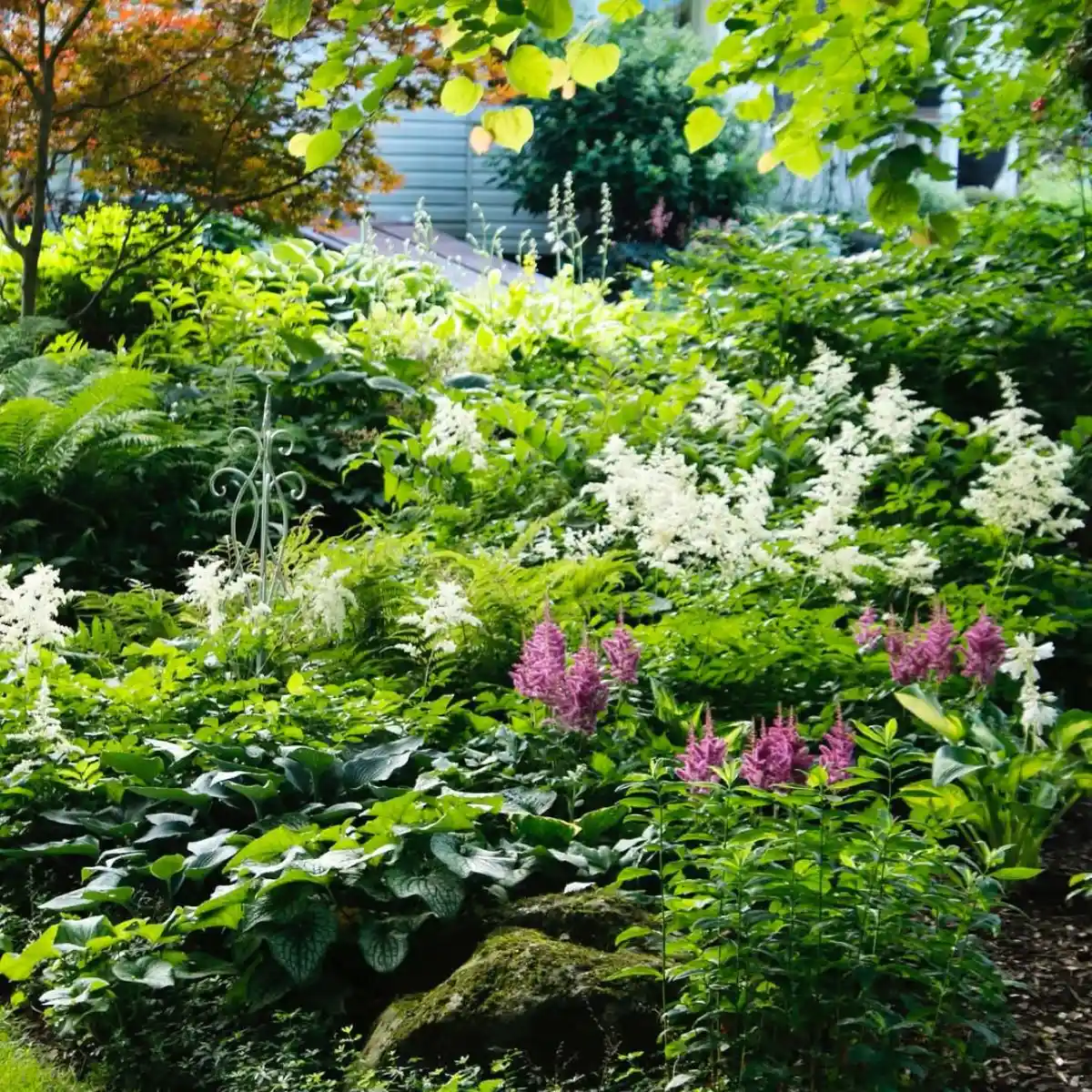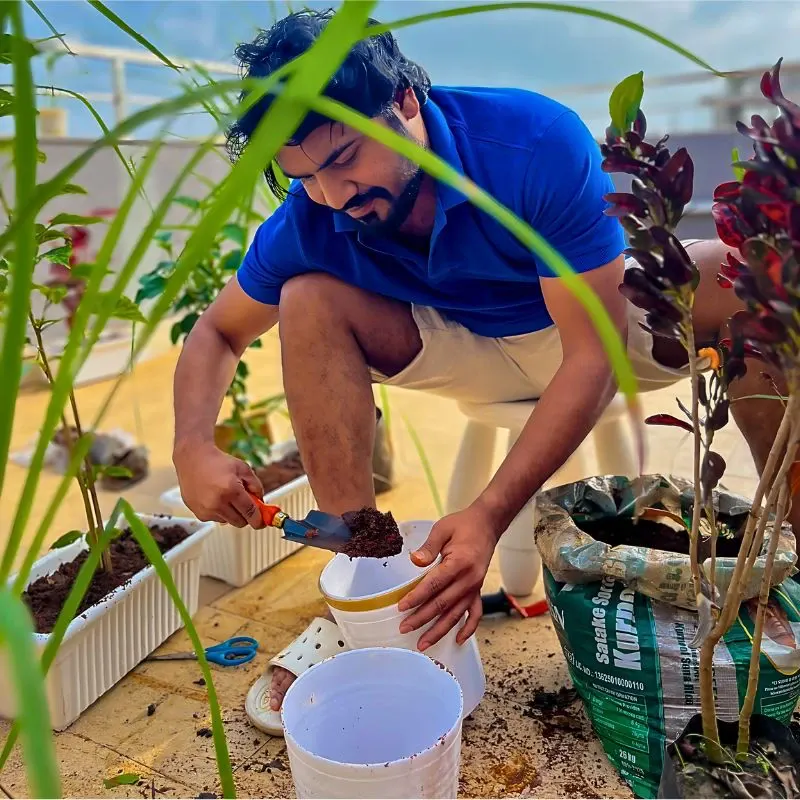As cat owners, we often wonder how to make our gardens more appealing and safe for our feline friends. This article will guide you through the process of creating a cat-friendly garden, focusing on safe plants and flowers, with a special emphasis on tulips. We will also discuss how to make a cat toilet in the garden and how to protect your cats from toxic plants.
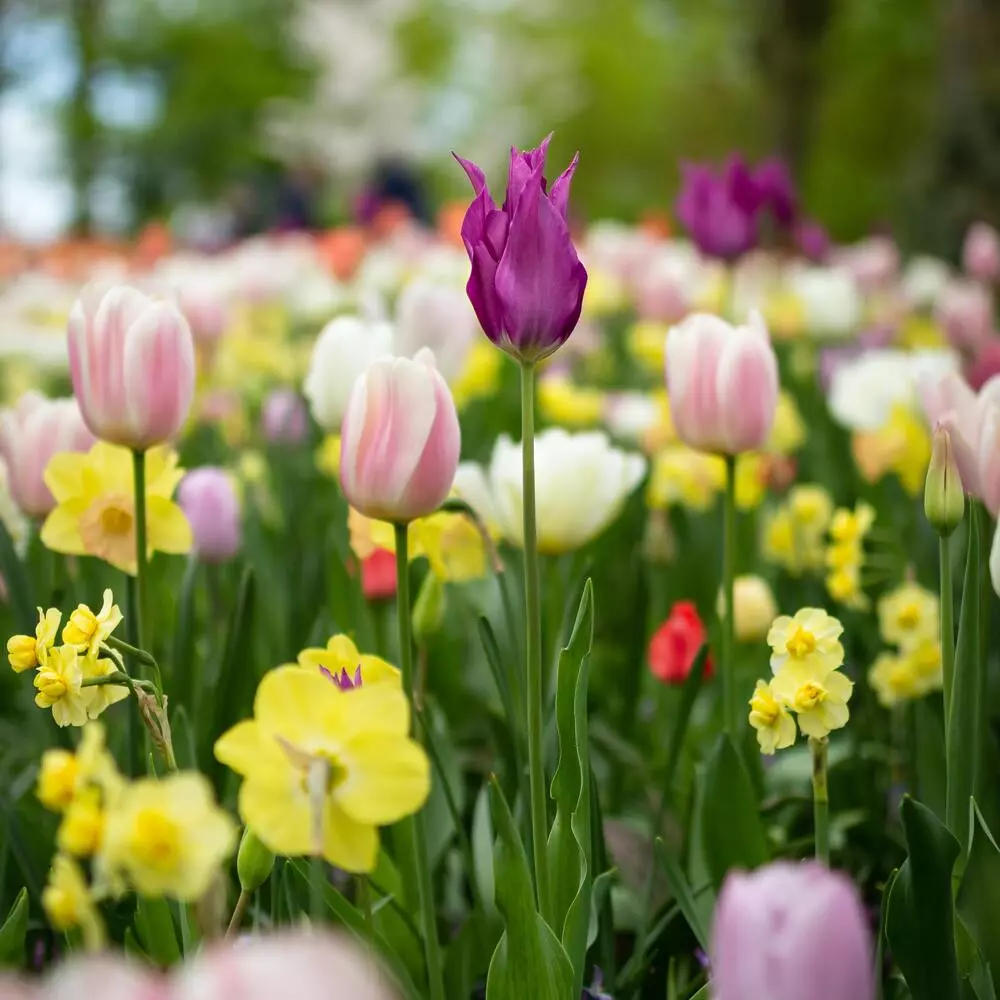
Understanding Cat-Friendly Gardens
A cat-friendly garden is a space that considers the following factors:
- Safety: The garden should be free from toxic plants and harmful substances. This includes avoiding plants known to be toxic to cats and ensuring that garden chemicals if used, are stored safely out of reach.
- Play and Exploration: Cats are natural explorers and hunters. The garden should provide opportunities for play and exploration, such as climbing structures, toys, and areas for them to hide and pounce.
- Comfort: Cats love to lounge and observe their surroundings. Providing shaded areas and comfortable spots for resting can make the garden a favorite spot for your cat.
- Toilet Area: Cats prefer to have a quiet, somewhat secluded area to relieve themselves. Designating a specific area as a cat toilet can help keep the rest of the garden clean and odor-free.
By considering these factors, you can create a garden that is not only beautiful but also a safe and enjoyable space for your cat.
The Role of Tulips in a Cat-Friendly Garden
Tulips, along with other bulb plants like hyacinths and daffodils, are a common sight in many gardens due to their vibrant colors and attractive shapes. However, these plants contain a type of compound known as alkaloids, specifically tulipalin in tulips and lycorine in daffodils and hyacinths.
When ingested, these alkaloids can cause a range of symptoms in cats, from mild to severe. Mild symptoms may include drooling, loss of appetite, and vomiting, while more severe cases can lead to changes in heart rate, respiration, and even convulsions. The highest concentration of these toxic compounds is typically found in the bulb of the plant, but all parts of the plant can be harmful if ingested.
Therefore, while tulips and other bulb plants can add a touch of beauty to your garden, they should be planted in areas that are inaccessible to your cat, or better yet, substituted with safer alternatives.
Cat-Friendly Flowering Plants and Outdoor Bushes
When designing a cat-friendly garden, it's essential to choose plants that are safe for your feline friend. Here are some cat-friendly flowering plants and outdoor bushes that you can consider:
- Roses: While they have thorns, roses are non-toxic to cats and can add a touch of elegance to your garden.
- Sunflowers: These bright, cheerful flowers are safe for cats and can add height and color to your garden.
- Zinnias: Zinnias are a great choice for a cat-friendly garden. They are non-toxic to cats and come in a variety of colors.
- Snapdragons: These unique-looking flowers are safe for cats and can add an interesting visual element to your garden.
- Impatiens: These are shade-loving flowers that are safe for cats and can add a pop of color to the shadier parts of your garden.
- Camellias: These bushes are safe for cats and can provide shade and shelter. They also produce beautiful flowers that can add color to your garden.
- Spider Plants: Despite their name, spider plants are safe for cats and can add a touch of green to your garden.
- Bamboo: This fast-growing plant is safe for cats and can provide a natural screen or barrier in your garden.
Remember, while these plants are safe for cats, it's always a good idea to monitor your cat in the garden and discourage them from eating any plants. Some cats may have individual allergies or sensitivities, and any plant can cause gastrointestinal upset if ingested in large amounts.
Designing a Cat-Friendly Garden: Play Areas and Cat Toilets
Designing a garden that caters to a cat's natural behaviors and preferences is key to making it their favorite place. Here are some considerations:
Creating Play and Exploration Areas
Cats are natural explorers and love to play. Consider adding elements such as climbing trees, scratching posts, and toys. These not only provide physical exercise but also mental stimulation for your cat. You can also plant cat-friendly grasses and herbs, such as catnip and wheatgrass, which many cats love.
Designating a Cat Toilet
A designated toilet area can be beneficial for both the cat and the owner. It gives the cat a specific place to do their business and makes cleaning up easier for the owner. To create a cat toilet, choose a quiet, sheltered part of the garden and dig a shallow pit. Fill it with sand or fine gravel, which will encourage your cat to use it. Remember to clean the area regularly to maintain hygiene and keep the garden smelling fresh.
By incorporating these elements into your garden design, you can create a space that is not only beautiful but also cat-friendly.
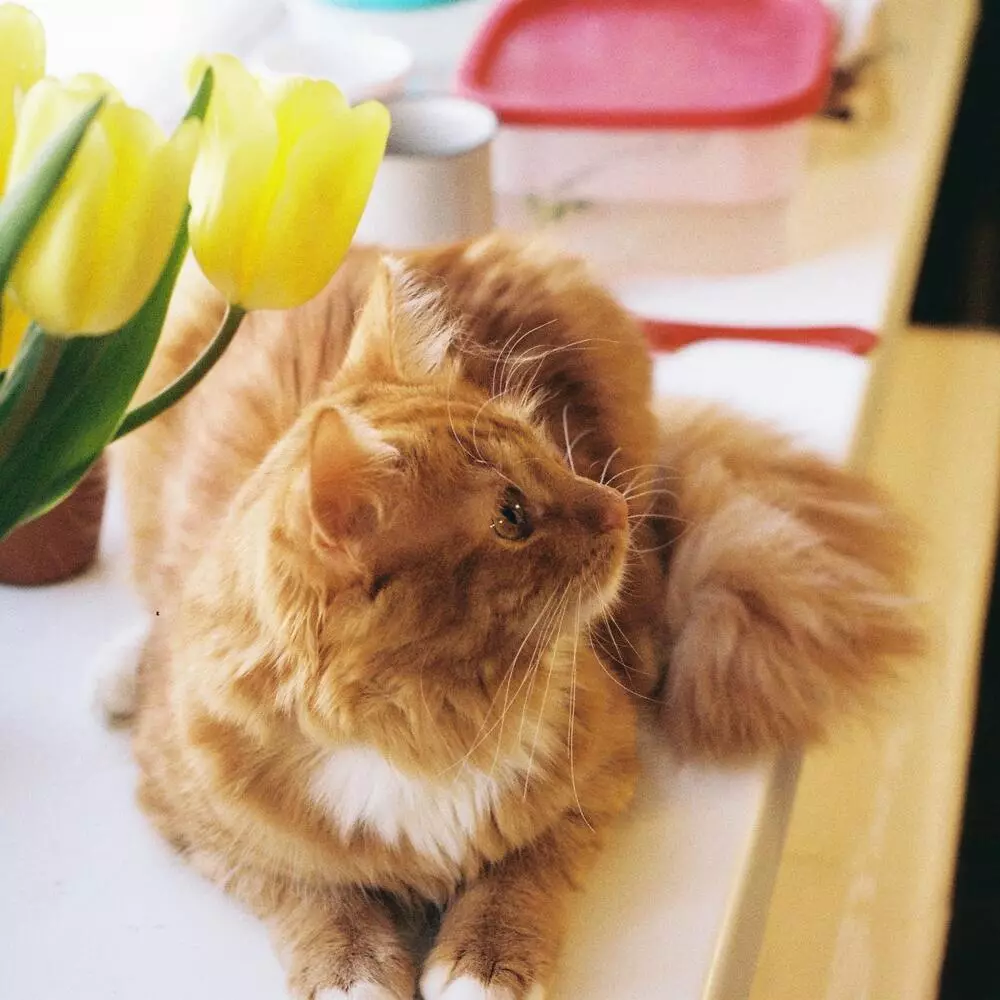
Protecting Cats from Toxic Plants
While many plants can add beauty to your garden, it's crucial to be aware of those that can pose a risk to your cat's health. Here are some common garden plants that are toxic to cats:
- Tulips: As mentioned earlier, tulips contain tulipalin, an alkaloid that can cause vomiting, diarrhea, and drooling in cats.
- Hyacinths and Daffodils: These bulb plants contain lycorine, another type of alkaloid that can cause similar symptoms to tulipalin.
- Lilies: Every component of the lily plant, from its vibrant petals to its green leaves, poses a severe risk to cats. Ingestion can lead to a serious condition known as lily toxicity, which can result in kidney failure if not promptly addressed.
- Azaleas: These beautiful flowering shrubs contain grayanotoxins, which can cause vomiting, diarrhea, weakness, and cardiac failure in cats.
- Oleander: This plant is highly toxic to cats and can cause symptoms such as vomiting, abnormal heart rate, and even death.
- Sago Palm: While not a true palm, this plant is highly toxic to cats and can cause vomiting, diarrhea, seizures, liver failure, and death.
- Dieffenbachia (Dumb Cane): This popular houseplant can cause oral irritation, drooling, nausea, vomiting, and difficulty swallowing in cats.
Remember, if you suspect your cat has ingested a toxic plant, it's important to seek veterinary care immediately. Always keep the number of your local vet or a pet poison helpline readily available.
Enclosing a Garden for Cats
Creating a secure enclosure for your garden can provide an extra layer of safety for your cat, especially if they are prone to wandering or if there are potential threats from other animals in the neighborhood. Here are some steps to consider when enclosing a garden for cats:
- Assess Your Garden: Look at the size, shape, and layout of your garden. Identify any potential escape routes or weak points in existing fences or walls.
- Choose the Right Materials: There are many options available for cat-proof fencing, from commercial products designed specifically for this purpose to DIY solutions. Some people use netting or wire mesh, while others opt for specialized cat fencing that has an inward-facing overhang to prevent cats from climbing over.
- Install the Enclosure: Depending on the materials you've chosen, you might be able to install the enclosure yourself, or you might need to hire a professional. Ensure the enclosure is secure and that there are no gaps or weak points.
- Check for Safety: Once the enclosure is installed, check for any potential safety hazards, such as sharp edges or points where a cat could get stuck.
- Provide Entertainment Within the Enclosure: To discourage your cat from wanting to escape the garden, provide plenty of entertainment within the enclosure. This could include cat-friendly plants, climbing structures, toys, and comfortable resting places.
- Monitor Your Cat: After introducing your cat to the enclosed garden, monitor them to ensure they are comfortable and unable to escape. It's a good idea to supervise your cat in the garden for the first few days until you are confident that the enclosure is secure.
Remember, an enclosure is not a substitute for supervision and interaction. Spend time with your cat in the garden, play with them, and ensure they are getting plenty of stimulation and exercise.
Conclusion
In wrapping up, the creation of a cat-friendly garden is a thoughtful process that demands meticulous planning. It's not merely about aesthetic appeal, but also about ensuring the safety and stimulation of your feline companion. Every detail, from the selection of non-toxic plants to the creation of play areas and a designated cat toilet, plays a significant role.
A crucial aspect we've explored is the role of tulips in a cat-friendly garden. Despite their beauty, tulips contain tulipalin, a compound that can be harmful to cats if ingested. Therefore, it's essential to plant them in areas out of your cat's reach or replace them with safer alternatives. For a deeper understanding of this topic, the article on are tulips poisonous to cats provides comprehensive insights.
In essence, creating a cat-friendly garden is about harmonizing beauty and safety. It's about crafting a space where your cat can play, explore, and relax without any risk. With careful planning and consideration, you can create a garden that is not only visually pleasing but also a safe and enjoyable haven for your cat.

